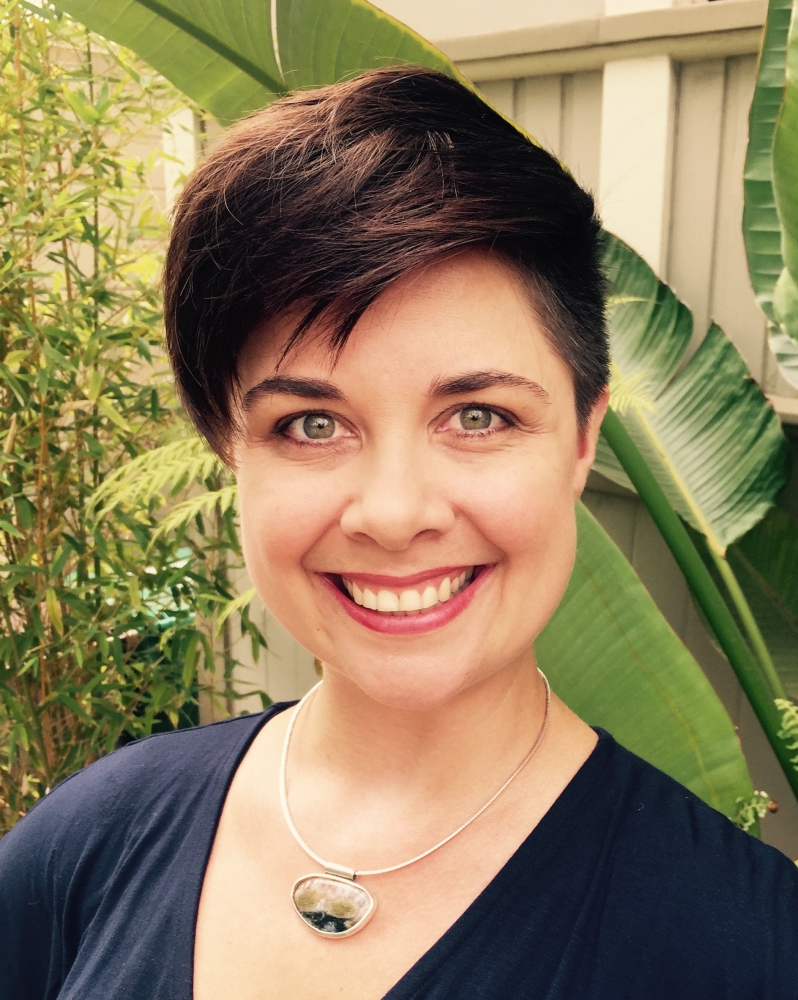
In the Eye of the Beholder
Curating an exhibition of erotic objects is no easy task. Just ask Jennifer Tyburczy, who spent six years working in Chicago’s Leather Archives & Museum (LA&M), first as a volunteer and then as an archivist, curator and director of programming.
Frequently faced with curious, provocative objects, it was up to Tyburczy to decide how best to display them — or whether to display them at all. These predicaments informed her scholarly approach to dissecting the presentation of erotic objects in museum settings and the fraught relationship between these pieces and the visitors who encounter them.
Now an assistant professor in UC Santa Barbara’s Department of Feminist Studies, Tyburczy discusses the lessons she learned at the LA&M in her new book, “Sex Museums: The Politics and Performance of Display” (The University of Chicago Press, 2016).
But it’s not just explicitly sexual objects that she addresses. “In one sense,” explained Tyburczy, who is also director of UCSB’s minor in LGBTQ studies, “all museums are sex museums. For example, if you could call to mind the last time you were in an art museum, how many paintings of nudes did you see? How would you describe their postures, their gazes, their races, their gender performances?”
In her book, Tyburczy argues that museums present predominantly white, patriarchal, heterosexual culture as national culture, privileging the perceived notions of the traditional over diverse representations.
“I invite my students to go to any museum and I ask them to look for the ways in which it is structuring certain relationships between the visitor and the objects based on sexual, gendered and race assumptions,” she said. “This is something queer scholars call heteronormativity. I am very interested in the ways in which heteronormativity, through the repetition of certain arrangements of bodies and the things on display, gets conditioned repeatedly.”
So, for example, the classical nude, displayed with pride in many art museums, is what Tyburczy calls “an impossible representation of idealized white femininity.” In her book, she juxtaposes the reverence for nude paintings in the 19th century with so-called “freak shows,” happening concurrently, in which women of color (for example, Sarah Bartmann, billed as the “Hottentot Venus”) were put on display and labeled as freaks for the bourgeois white audiences viewing them. “On the one hand we have the classical nude as contained white femininity,” Tyburczy commented, “and on the other, the person of color, oftentimes made into the aberrant, the freakish and the perverse.”
In her research for the book, Tyburczy visited London, Paris, Copenhagen, Barcelona and Los Angeles, among other cities, touring history museums, art museums and museums of erotica like the Museum of Sex in New York. She noticed common themes in the ways all the museums displayed potentially controversial objects, such as the use of signs to warn visitors about explicit content. Even these signs, she argues in her book, marginalize the objects and the cultures they come from.
“The museum can and should be a multiplicity of things,” Tyburczy said. “I believe that it is, but when marginalized communities want to represent their lives by, for and about themselves, that’s when we see the debates and the culture wars, because that is threatening to the status quo, and to who museums, as part of the tourist industry, assume their visitors are going to be. They usually assume that people will be easily shocked.”
To help curators and programmers combat these assumptions, Tyburczy writes comprehensively about the practice of what she terms “queer curatorship.”
“Queer curatorship is an experimental display method that grounds queer theory in an actual practice, for two purposes,” she explained. “The first is to expose the ways in which museums create a relationship between the objects and bodies that move through that space that I would call heteronormative. We are made to move toward and around objects from heterosexual cultures in ways that tell us these objects are ‘normal.’ The second purpose is to cope with ethically fraught objects from queer cultures.”
Tyburczy said she hopes that “Sex Museums” will inspire both academics and museum staff to consider the full spectrum of meanings behind what is chosen for exhibition and how those objects are displayed. “This is a book that is written for students and scholars, but also for archivists and curators, as food for thought that every representation possibly has some kind of sex and gendered meaning in it,” she said.
Tyburczy will give a brief presentation and sign copies of her book at 7 p.m. Thursday, Feb. 18, at Chaucer’s Bookstore in Santa Barbara. No warning labels required. “Yes, this book is about sex,” she commented, “but it’s also showing the ways in which sex has been used as a political tool to silence all types of minority voices. Sex has become a pivot point to take down a number of agendas that are viewed as controversial within a geopolitical context, so it’s also about how certain bodies of knowledge come to be considered controversial.”



